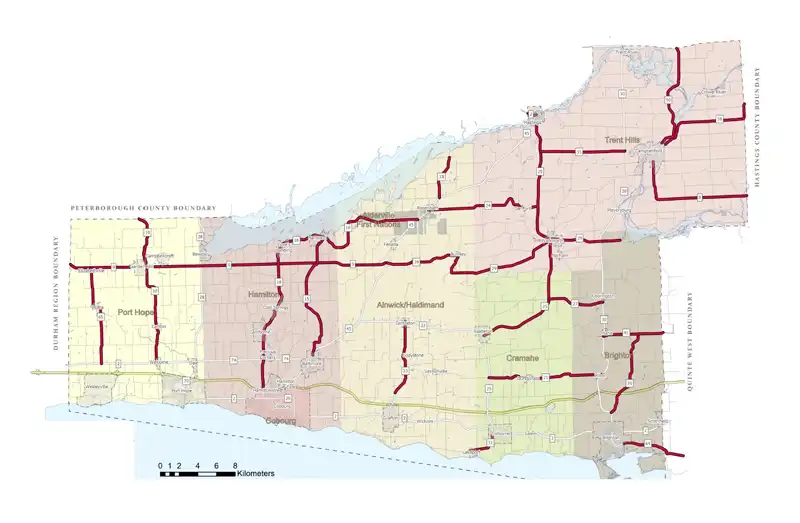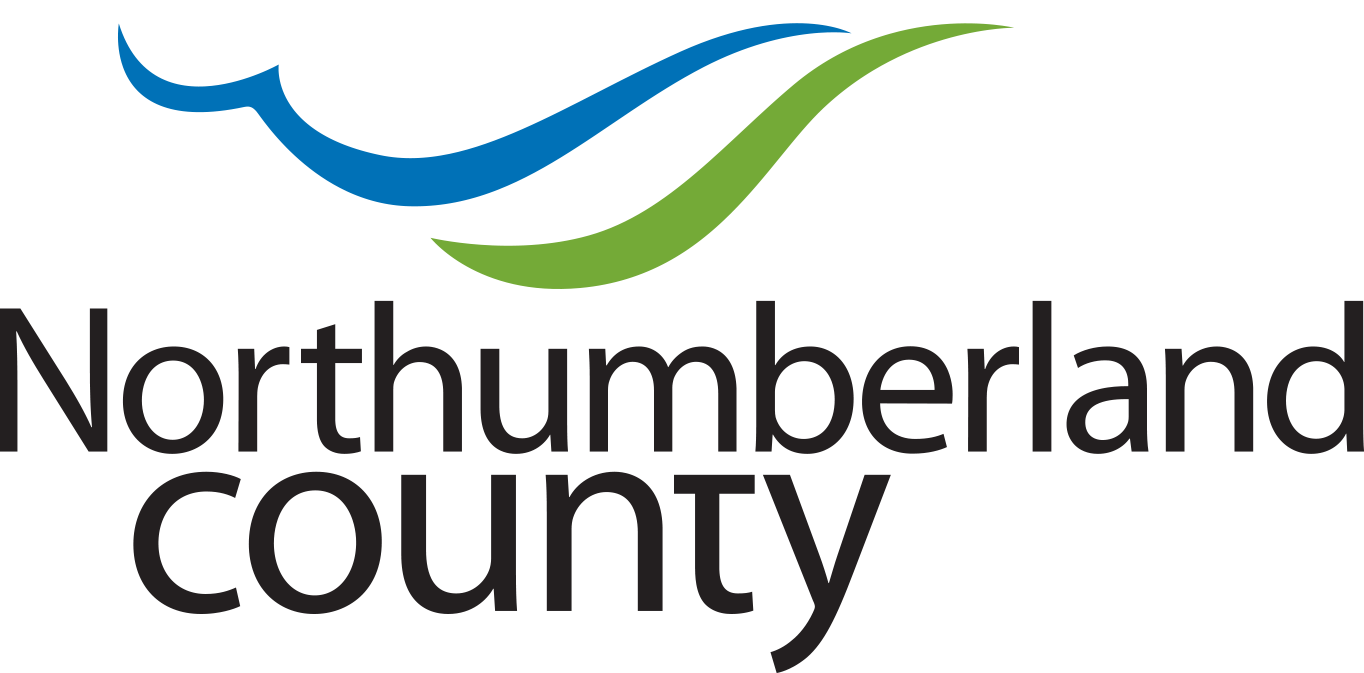
Roads and Bridges
Keeping roads and bridges in good condition, for as long as possible, is a key objective for the County.
What we do
- Sweeping
- Snow and ice control (plowing and salting/sanding)
- Engineering, construction and maintenance of County roads and bridges
For roads operations, we divide the County into three maintenance areas: the west end, north end and south end. In the winter, there are four areas for winter control. The west end operates from the Cobourg Depot, and the north and south areas operate from the Morganston Depot.
The County does not look after municipal roadways. Please contact your local municipality for issues with municipal roads.
Asset Management
Each year, we work to maintain and upgrade our 503 kms of road and 110 structures, based on our Asset Management Plan.
Municipalities across Ontario are facing challenges to fund their infrastructure at levels that ensure sustainability, due to aging assets, increasing renewal needs and pressures from a changing climate and growing population.
Northumberland County has prepared a comprehensive Asset Management Plan which details information about core infrastructure assets (roads, bridges, large culverts, retaining walls and storm sewers) and how to make the best possible investment decisions.
Construction
We are committed to keeping our roads maintained and safe for all vehicles.
Each year, we identify roads and structures that need maintenance. Extending the life of our roads is a yearly endeavor, once the weather warms up. We maintain our roads with a variety of processes such as crack sealing, microsurfacing and paving. Bridges, culverts and retaining walls also undergo maintenance, renewal or in some cases replacement.
To discover what's planned for this year, please visit our construction page to view a map and list of the current or upcoming road maintenance projects.
Road closures
New Speed Limit zones in effect
Northumberland County has completed the installation of new speed limit signage at 18 locations across the region, implementing updated speed safety zones to support safer, more consistent travel through area communities.
The changes include the introduction and extension of “transition zones” between rural areas with higher speed limits and built-up areas with lower speed limits. In many cases, a 60 km/h zone has been added between existing 80 km/h and 50 km/h areas, allowing for a more gradual reduction in speed. These adjustments are now in place across all identified locations.
View our map of the new speed zone locations
Half load limits
Load restrictions apply when the signs are displayed on the roadway. Signs are usually posted between March 1st and April 30th, as this is typically the 'spring break up' period, when a road base is at its weakest condition as ground frost thaws and melts. The signs will be removed when it is deemed that the restrictions are no longer needed. Please note that restrictions may be in effect earlier than March 1st, and may also stay posted beyond April 30th.
Reduced loads are in effect during this period on all, or a portion thereof, of each of the following County roads:

From Bridge Street to Peterborough County boundary
From Burnbrae Road to Hastings County boundary
From Durham Region boundary to County Road 45
From County Road 2 to Peterborough County boundary
From County Road 45 to County Road 18
From Highway 401 to County Road 45
From County Road 25 to County Road 30
From Academy Hill Road to County Road 22
From County Road 45 to County Road 25
From County Road 22 to County Road 45
From County Road 30 to County Road 41
From County Road 25 to County Road 30
From County Road 45 to Percy Boom Road
From King Street West to Lakeport West limit
From County Road 45 to 7th Line Road
From County Road 25 to County Road 30
From 180 m east of Major Street to Hastings County boundary
From County Road 30 to Quinte West boundary
From Nelson Street to Peterborough County boundary
From Harbour Street to Quinte West Boundary
From County Road 2 to County Road 9
Each road is signed accordingly.
Vehicles exceeding the 5 tonne per axle load restriction must take alternate routes or will be subject to penalties described in the Highway Traffic Act.
Section 122 of the Highway Traffic Act provides the County with the authority to pass by-laws to restrict axle loading to a maximum of 5 tonnes per axle, in order to protect the integrity of the County's road network from damage.
We continuously monitor the weather and our roads. We invite you to see the list of roads that are impacted by a Seasonal Reduced Road Restriction.
